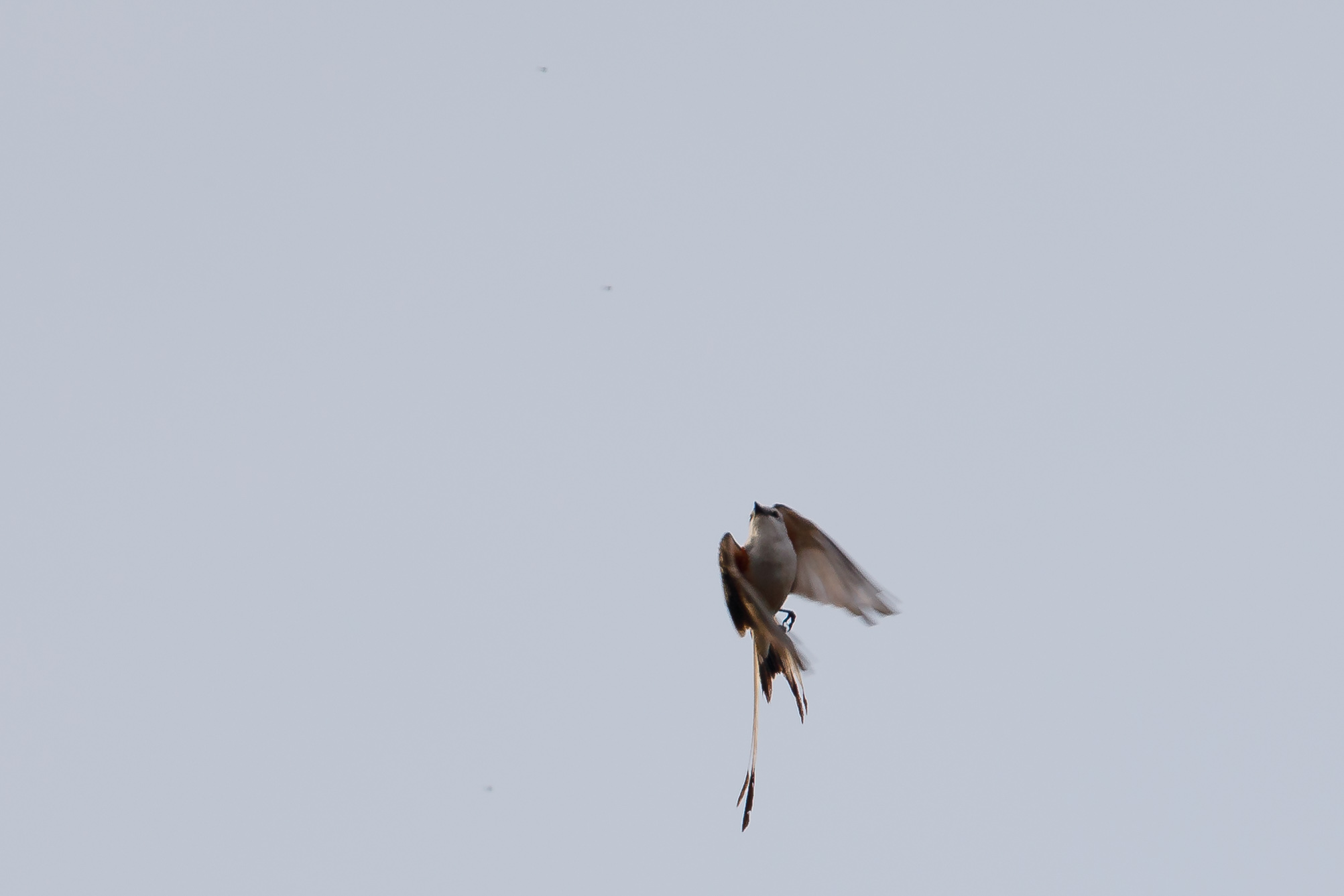How to Use the Mode Dial on a Digital Camera
Gary Detonnancourt
Introduction:
In the world of digital photography, mirrorless cameras have gained significant popularity for their compact size, versatility, and advanced features. These cameras offer an extensive range of controls that allow photographers to capture stunning images in various situations. One essential feature that every aspiring photographer should become acquainted with is the PASM dial. In this article, we will delve into the intricacies of the PASM dial and explore how it empowers photographers to unlock their creative potential.
Understanding the PASM Dial:
The PASM dial on a mirrorless camera is a control mechanism that allows users to switch between different shooting modes: Program (P), Aperture Priority (A), Shutter Priority (S), and Manual (M). Each mode offers distinct benefits and empowers photographers to have control over specific aspects of their images.
Program Mode (P): Program mode is often considered a semi-automatic mode, as it strikes a balance between user control and automated settings. In this mode, the camera sets the aperture and shutter speed, while the photographer retains control over other settings such as ISO, white balance, exposure compensation, and autofocus points. Program mode is ideal for quick shooting scenarios or when you're starting out and want to rely on the camera's intelligent automation.
Aperture Priority Mode (A): Aperture Priority mode provides photographers with control over the camera's aperture setting while the camera adjusts the corresponding shutter speed for correct exposure. By adjusting the aperture, users can control the depth of field, influencing the amount of background blur or sharpness in an image. This mode is particularly useful in situations where controlling the focus and background separation is essential, such as portraits or macro photography.
Shutter Priority Mode (S): Shutter Priority mode, also known as Time Value (TV) mode, allows photographers to control the camera's shutter speed while the camera automatically adjusts the aperture for proper exposure. This mode is particularly valuable in scenarios where capturing motion is crucial, such as sports or wildlife photography. By adjusting the shutter speed, photographers can freeze action or create artistic motion blur effects.
Manual Mode (M): Manual mode grants full control over all camera settings, providing photographers with complete creative freedom. In this mode, the photographer sets both the aperture and shutter speed, allowing for precise control over exposure. Manual mode is favored by experienced photographers who desire full creative control and prefer to fine-tune their camera settings to achieve a specific artistic vision.
Using the PASM Dial to Enhance Your Photography:
Mastering Exposure: Understanding how the PASM dial affects exposure is crucial for achieving well-balanced images. In Aperture Priority and Shutter Priority modes, the camera automatically adjusts one setting while maintaining the desired exposure level. By experimenting with different modes, photographers can gain a deeper understanding of the relationship between aperture, shutter speed, and ISO sensitivity.
Controlling Depth of Field: The aperture is a key element in determining depth of field, the range of sharpness in an image. Aperture Priority mode allows photographers to control the size of the lens opening, influencing the depth of field. A wider aperture (lower f-number) results in a shallower depth of field, ideal for isolating a subject from the background. Conversely, a narrower aperture (higher f-number) increases the depth of field, ensuring more elements in the frame remain in focus.
Capturing Motion: Shutter Priority mode enables photographers to control the camera's shutter speed, which is vital for capturing motion. A faster shutter speed freezes action, while a slower shutter speed introduces motion blur. Experimenting with different shutter speeds in various scenarios can produce captivating results, allowing you to convey a sense of motion or freeze a split-second moment.
Unlocking Creativity: Manual mode provides the utmost control and creative freedom. By manually adjusting both the aperture and shutter speed, photographers can fully explore their artistic vision. Manual mode is ideal for challenging lighting conditions or situations where precise control over exposure is required. It allows photographers to make deliberate decisions and take full responsibility for their images.
Conclusion:
The PASM dial on a mirrorless camera is a powerful tool that grants photographers the ability to control crucial elements of exposure, depth of field, and motion. Understanding and harnessing the various shooting modes offered by the PASM dial empowers photographers to express their creativity and capture stunning images in a wide range of scenarios. So, dive into the world of PASM and explore the infinite possibilities that await you on your photographic journey.




